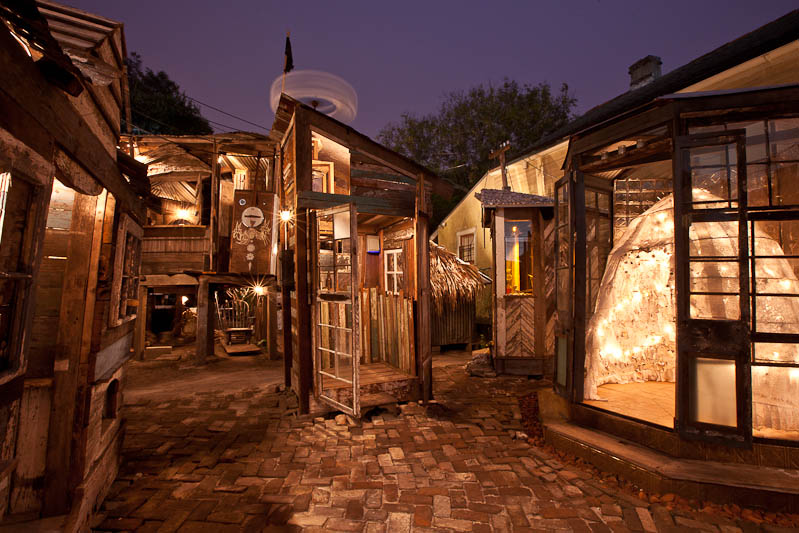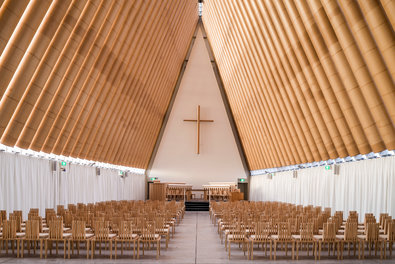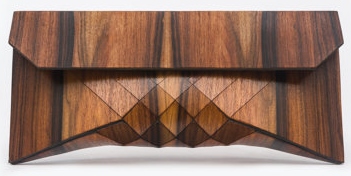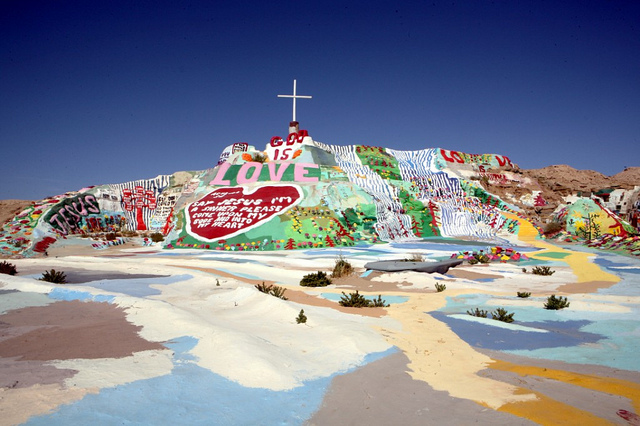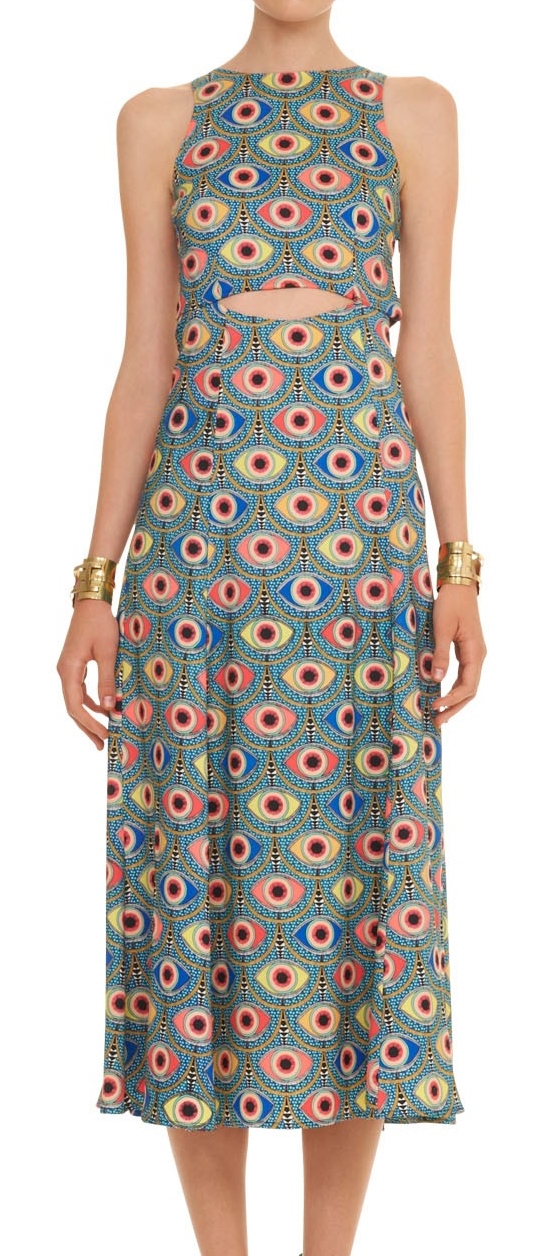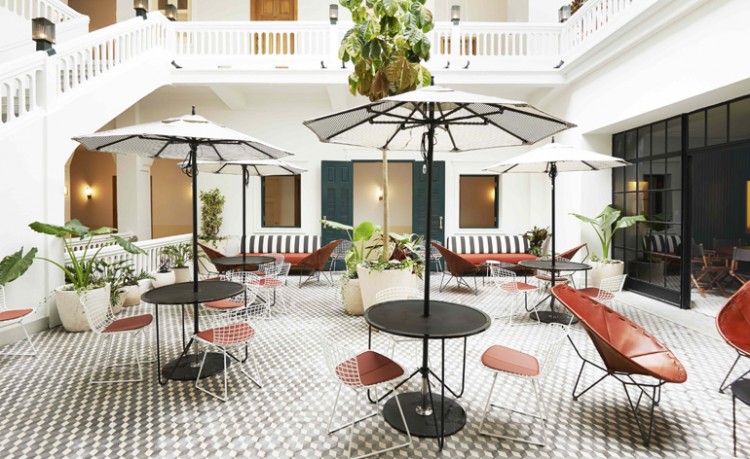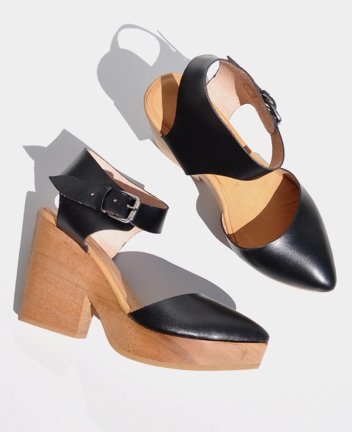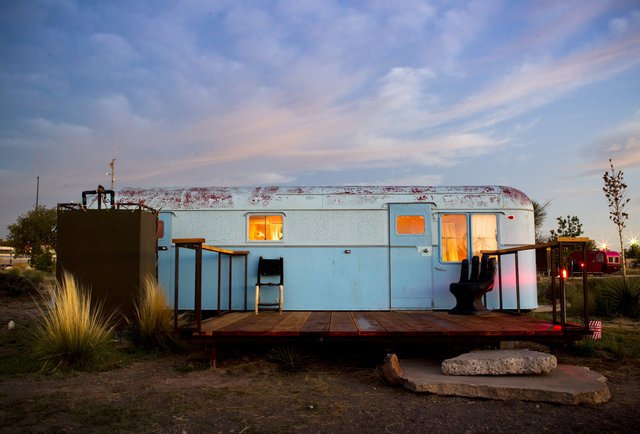NoLa alchemy
Alchemy is at work in New Orleans in the form of a community arts project called Dithyrambalina. Part sonic playground, part performance venue, part conceptual laboratory, Dithyrambalina nurtures musical architecture in NoLa. What is musical architecture? When community arts org New Orleans Airlift first explored the concept through The Music Box: A Shantytown Sound Laboratory, the Smithsonian Magazine offered a defining description: “Rigged by a team of musicians, artists, inventors and tinkers to coax novel sounds from salvaged building materials – musical architecture.” The Music Box embedded instruments within the splintered walls of shacks; imagine playing loose planks like organ keys. The magical miniature village, built by more than 25 artists, electrified the neighborhood: 70-plus world-class musicians played the architectural orchestra, for an audience of more than 15,000 visitors. Critics sung its praises: “A breathtaking feat of DIY engineering, a living, breathing, sound-making member of the neighborhood” (ArtNet); and “Bravo to all of the brilliant builders, musicians and visionaries. The Music Box is many dreams come true” (New Orleans Times –Picayune).
The Music Box has since closed, but this year will see its resurrection in Dithyrambalina, a roving village made up of five playable houses set to visit neighborhoods around the Big Easy and beyond (the ultimate goal: to find a permanent site). The first new house is slated to open by late April, hopefully in time for my first-ever trip to New Orleans. I’m packing this Kaarem dress, a piece channeling the alchemic nature of musical architecture.
